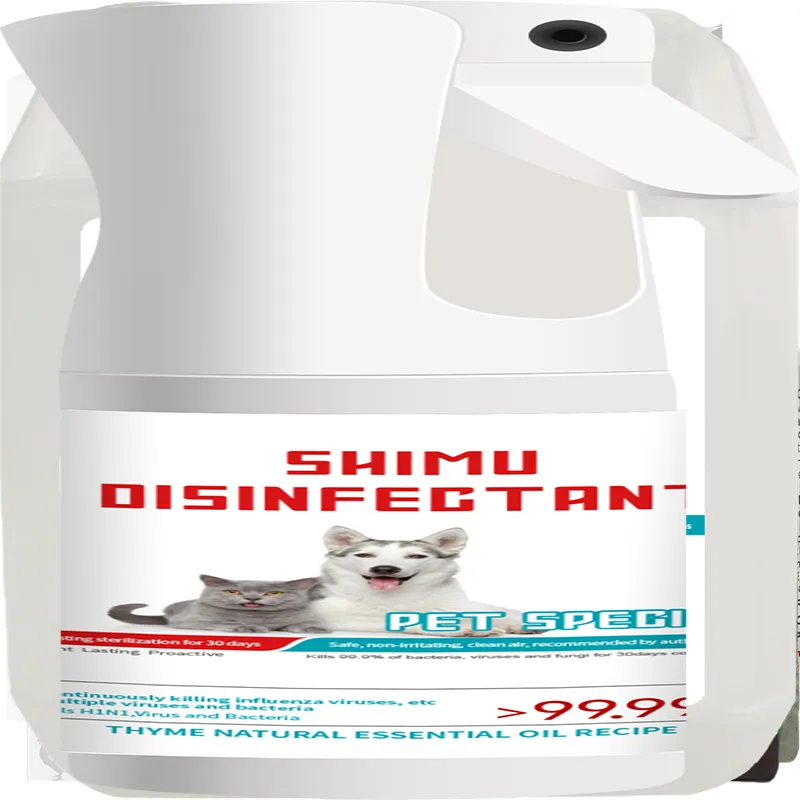Preventing future occurrences of diarrhea after antibiotics involves a comprehensive approach to your dog's health. This includes maintaining proper nutrition, regular exercise, and routine veterinary check-ups. Additionally, keeping vaccinations and preventive medications up to date can minimize the risk of infections that necessitate antibiotic treatment in the first place.






